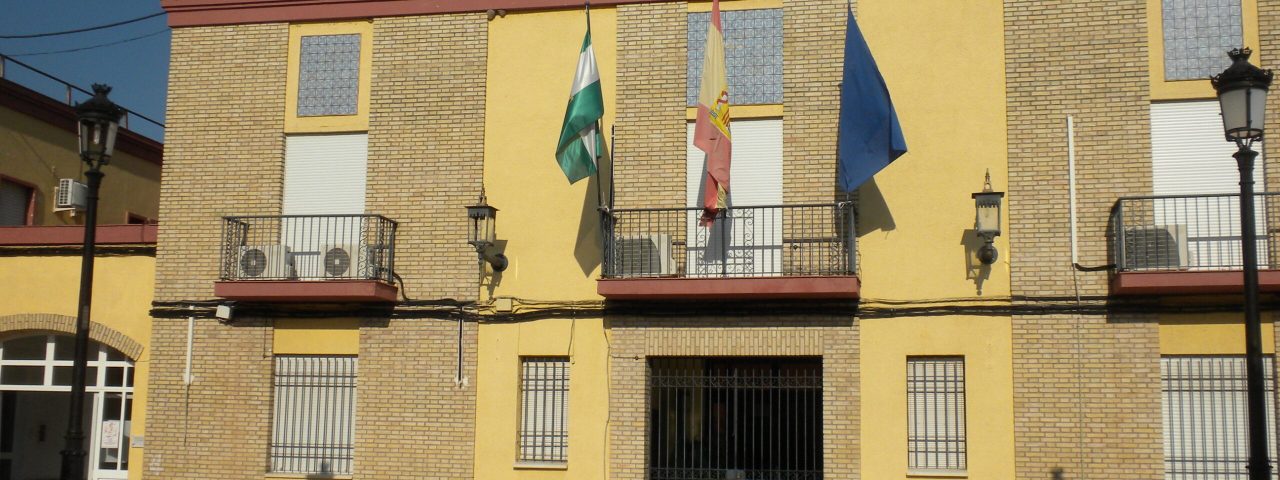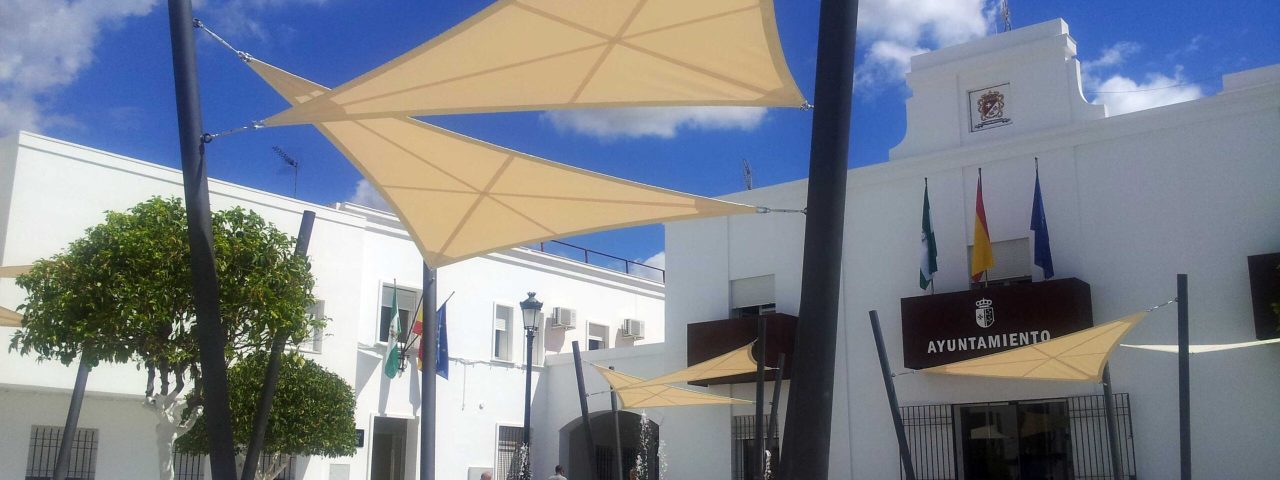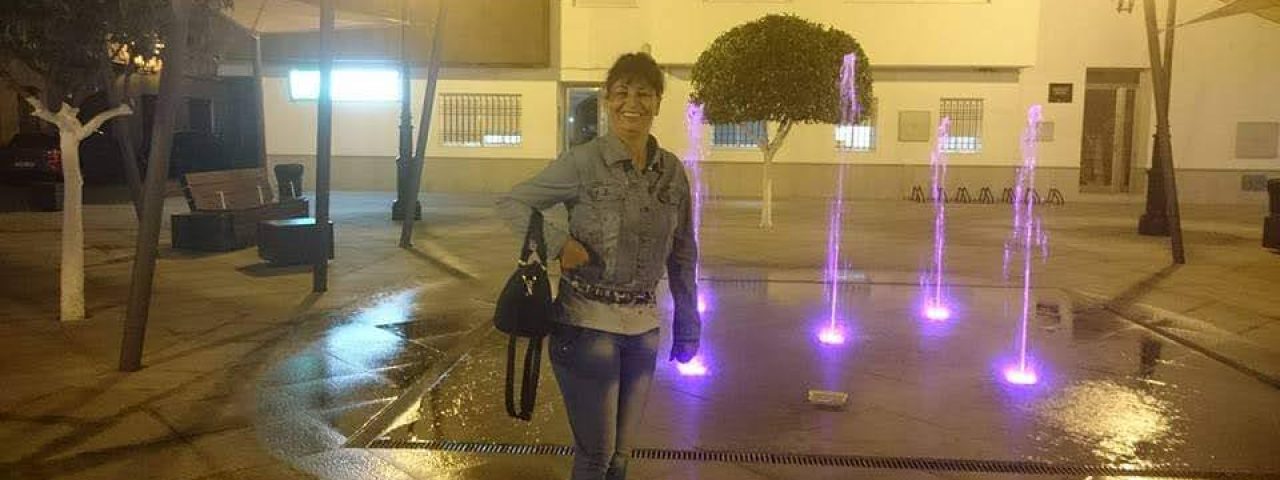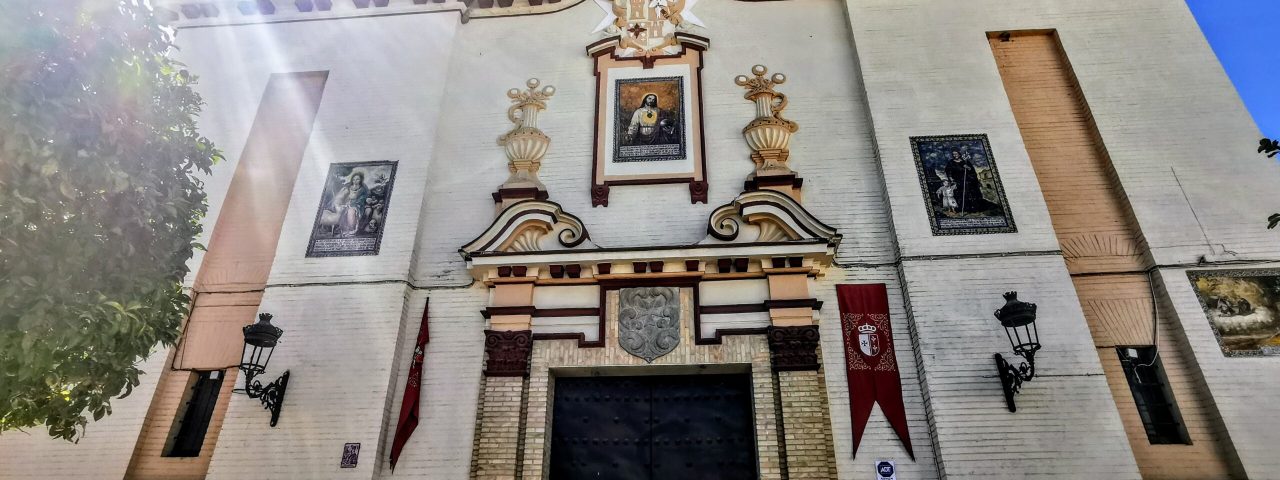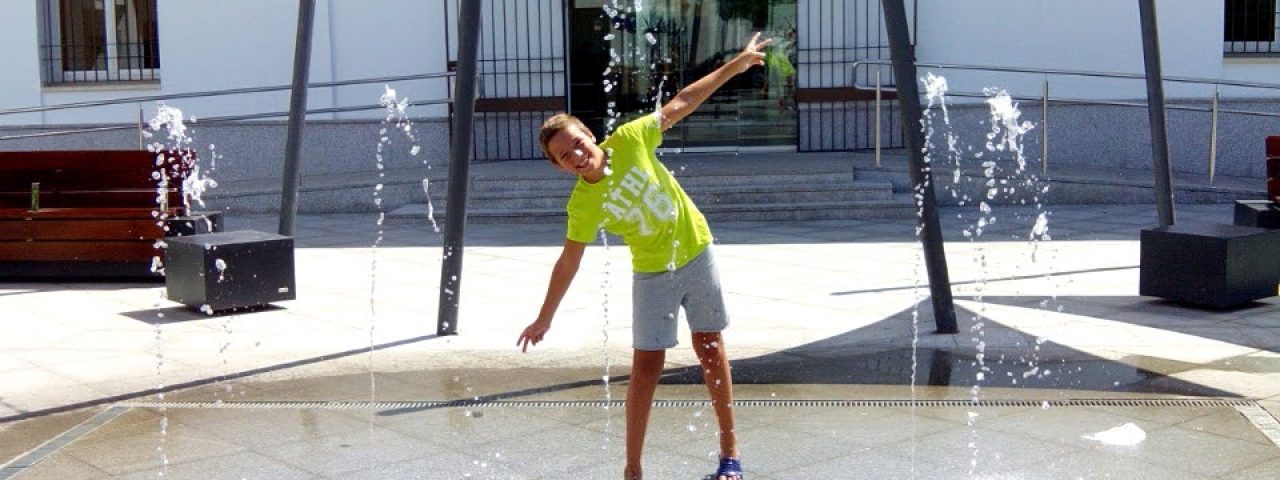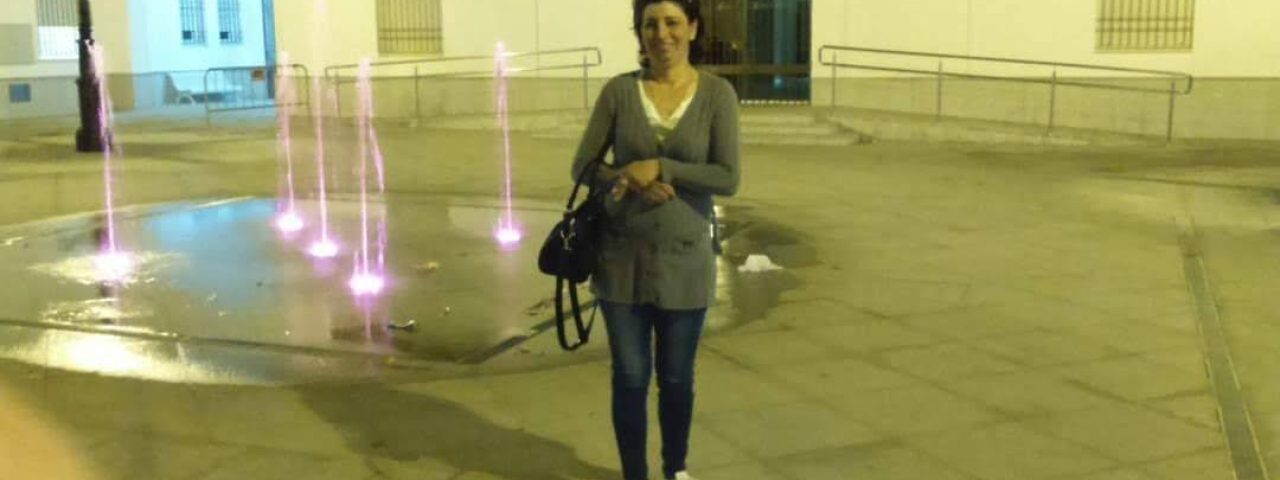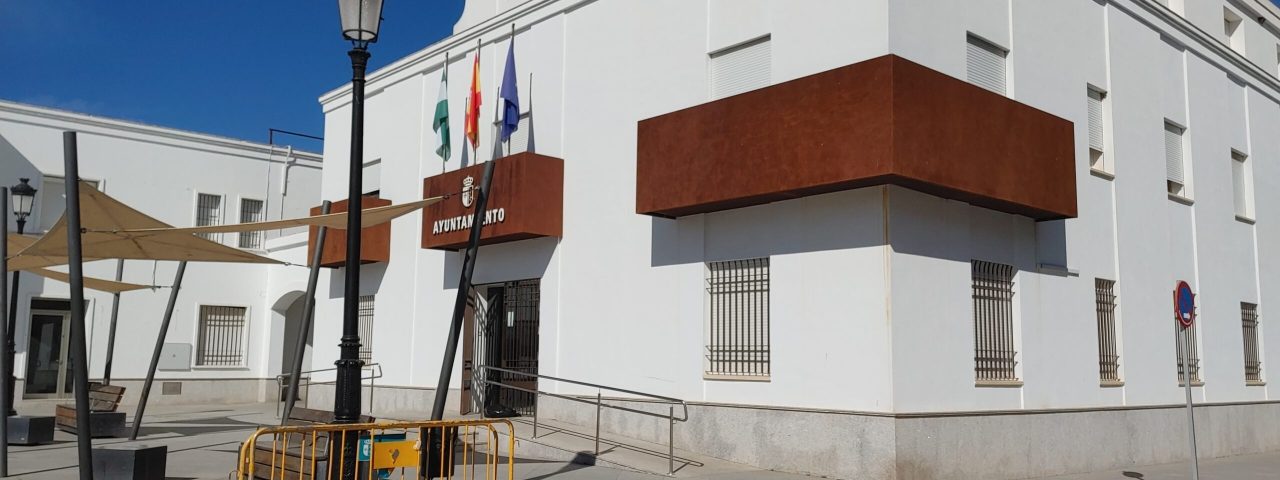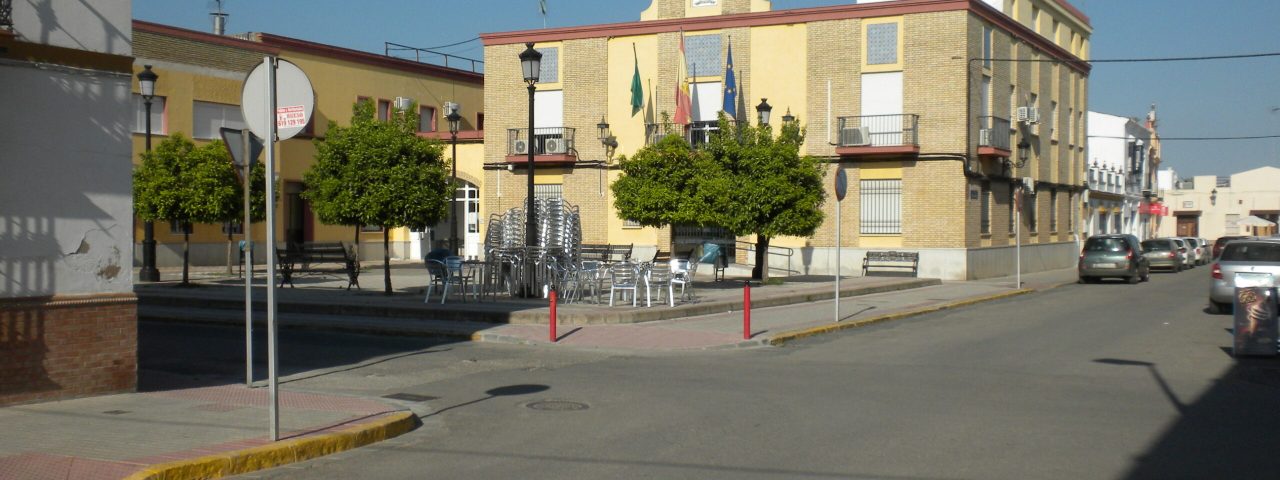Tocina’s history is deeply intertwined with the broader history of Andalusia, a region shaped by a blend of Roman, Moorish, and Christian influences. During the Roman Empire, the Guadalquivir River was a vital trade route, and many small settlements like Tocina flourished along its banks. Later, during the Moorish occupation of southern Spain, Tocina and its surroundings became known for agriculture, irrigation, and architectural advancements.
After the Christian Reconquista in the 13th century, the town began to develop its own identity, with churches and public buildings reflecting its growing importance in the region. One of Tocina’s most important landmarks is the Church of San Vicente Mártir, a beautiful example of Andalusian religious architecture dating back to the early modern period.
Culturally, Tocina is known for its lively local festivals, most notably the celebration of Semana Santa (Holy Week), which includes solemn religious processions through the town’s streets. Another key event is the Feria de Mayo, a traditional fair featuring music, dance, food, and local crafts. Visitors can witness the town’s deep-rooted customs, including flamenco performances and local folklore, which reflect the region’s Andalusian heritage.
